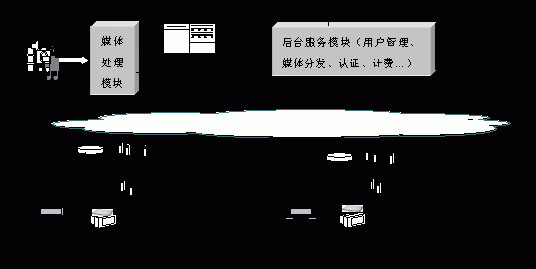Figure 1 is a structural model of an IPTV system. This model has been put into practical use in some cities in China. In this model structure diagram, the entire IPTV system is divided into two parts: the background part and the user access part. The background part mainly provides management of media content, user management, server management of the entire system, user authentication and billing management, and the like. The user access part provides video services and other services for users. It can be divided into multiple areas according to the size of the city. Each area mainly has regional media base stations and EPG servers. The user uses the set-top box [3] [4] [5] plus the TV or PC as the terminal, and the program or live TV program stored by the ADSL or the cell broadband viewing system. The set-top box is a simple computer with CPU, memory, network connection device, decoder and other hardware and operating system and application software. It receives the video signal transmitted through the broadband IP network. The signal is processed and displayed on the TV. come out. The user uses the functions provided by the set top box by manipulating the remote control.
This article refers to the address: http://

The user is divided into multiple areas, each of which is deployed with multiple regional media servers and EPG servers. The video service and interaction interface of the user are provided by the media server and the EPG server in the area where the user is located. This deployment method is easy to expand and is suitable for large-scale deployment. Adding an area only requires adding regional media base stations and EPG servers, which will not affect the background and other areas. At the same time, most of the user's data traffic is concentrated in their own area, reducing the burden on the backbone network, and the collapse of a single regional system will not affect other areas.
The working process of the system is roughly as follows: 1 The media source is processed by the media processing module into a format defined by the system, stored on the primary media base station, and the media distribution management module in the background is responsible for distributing the programs to each of the following areas. In the media base station. 2 At the same time, the information about the program is also sent to the EPG server for the EPG to display to the user. 3 After the user is booted and authenticated in the background, log in to the EPG server and start browsing the program information of the system. 4 When the user selects a program to view, the EPG sends the program information and the user's information to the background portion, and the user management portion of the background determines whether the user can enjoy the program. If so, the user's set top box sends the media set to the local base station. A request to play a program. 5 After the playback is completed, the set-top box sends a request for deducting the corresponding charge to the background, and at the same time redirects to the EPG server, and the user can continue to browse the program and enjoy the program.
Considering that IPTV is still in the development stage at home, there are not many users in one region. At present, the system is designed to support up to 3000 users in one area, and the number of users accessing the EPG server at the same time does not exceed 500. When the number of users increases, an EPG server cluster can be used. In Figure 1, a primary EPG server is deployed in each zone. For system stability, a standby EPG server is also deployed.
Rainproof Perkins Diesel Generator
Perkins Generator,Rainproof Perkins Diesel Generator,Diesel Generator With Perkins Engine,Perkins Rainrroof Generator
Jiangsu Lingyu Generator CO.,LTD , https://www.lygenset.com